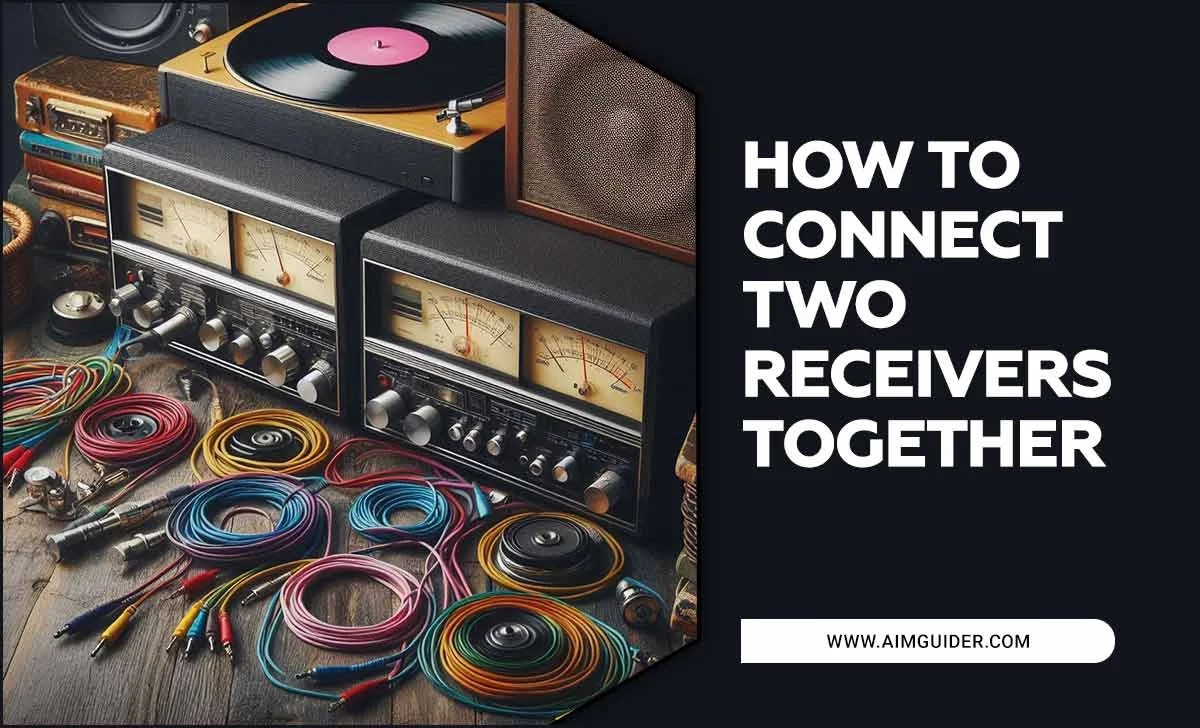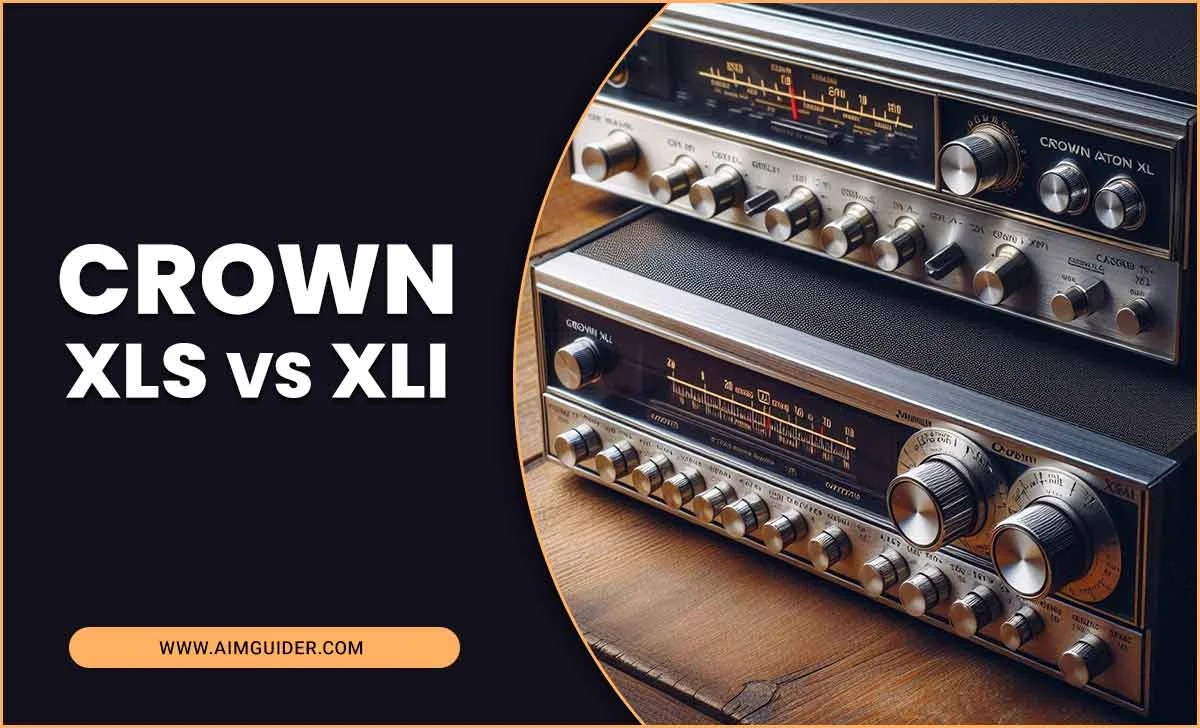Do you want to enjoy your favorite movies and shows with a clear view? Mounting your flat screen TV can make a big difference. Imagine transforming a dull wall into an eye-catching entertainment spot. With the right wall mounting tips, it can be both simple and fun!
Did you know that more people are choosing to wall mount their TVs? It saves space and creates a modern look. Plus, it can help reduce neck strain when watching from your couch. Have you ever tried to get comfortable while craning your neck to see the screen? It’s not fun!
In this article, we will share some easy wall mounting tips for flat screen settings. From finding the best height to choosing the right brackets, we’ve got you covered. Get ready to turn your living room into a cozy movie theater!
Wall Mounting Tips For Flat Screen Settings: A Complete Guide

Wall Mounting Tips for Flat Screen Settings
When it comes to wall mounting your flat screen TV, safety and style matter. First, ensure the wall can support the TV’s weight. Using a level makes it easy to hang straight. Why not measure twice before drilling? Did you know that the perfect height is eye level when seated? Trust the right tools, like a stud finder, to secure your mount properly. These tips can help create a stunning look in your space and keep your TV safe!Choosing the Right Wall Mount
Understand different types of wall mounts: fixed, tilting, and fullmotion. Determine weight capacity based on your flat screen’s specifications.Picking the right mount can make your TV look great and stay safe. There are three main types of mounts: fixed, tilting, and full-motion. A fixed mount keeps your screen flat against the wall. A tilting mount allows you to angle your TV up or down, perfect for avoiding glare. Full-motion mounts let you swivel and tilt your TV for the best view from anywhere in the room. Always check your TV’s weight and make sure the mount can handle it. Otherwise, you might have an unexpected “TV crash party!”
| Mount Type | Features | Best For |
|---|---|---|
| Fixed | Stays flat against the wall | Minimal look, budget-friendly |
| Tilting | Can angle up or down | Reducing glare from lights |
| Full-Motion | Swivels, tilts, and extends | Flexible viewing angles |
Be smart about the weight capacity of your mount. It’s a bit like picking the right seatbelt—choose wisely, or you may end up with a wild ride!
Finding the Perfect Location
Consider room layout and viewing angles for optimal placement. Assess proximity to power outlets and cable access.Choosing the right spot for your TV can feel like a treasure hunt! First, think about your room layout. You want everyone to see the screen without straining their necks, so pick a place where everyone can kick back and watch comfortably. Don’t forget about power outlets—who wants to dangle cords like a spider’s web? Check where the electricity comes from and make sure you have easy access to plug in your TV without a tug-o-war. That way, your flat screen can hang pretty without any drama!
| Considerations | Importance |
|---|---|
| Room Layout | Ensures everyone has a good view! |
| Viewing Angles | Helps avoid neck cramps! |
| Power Access | Prevents cord chaos! |
Preparing the Wall Surface
Check for wall stud locations for secure mounting. Prepare wall surface by cleaning and removing any obstructions.Before mounting your flat screen, make sure the wall is ready. First, check for wall stud locations. Studs are your trusty friends for strong support! If you hang your TV on drywall alone, it might end up being a very expensive picture frame. Next, clean the wall surface. Dust and debris can turn your mounting job into a disaster. Clear any obstructions like nails or old decor. Who needs a surprise hanging on the wall, right?
| Step | Action |
|---|---|
| 1 | Find wall studs for support. |
| 2 | Clean wall surface thoroughly. |
| 3 | Remove any obstructions. |
Tools and Materials Needed
List essential tools: drill, stud finder, level, and screwdriver. Discuss necessary materials: screws, anchors, and protective gear.To successfully mount your flat screen, you’ll need some key tools and materials. Start with these essential tools:
- Drill: Helps make holes in the wall.
- Stud Finder: Finds the sturdy parts in your wall.
- Level: Ensures your TV is straight.
- Screwdriver: Used to tighten screws.
For materials, gather:
- Screws: Keep the bracket secure.
- Anchors: Help hold the weight.
- Protective Gear: Safety goggles and gloves for protection.
With these tools and materials, you’re ready to create a safe and stylish flat screen setup!
What tools do I need to mount a flat screen TV?
You’ll need a drill, stud finder, level, and screwdriver for mounting your flat screen successfully.
Step-by-Step Mounting Process
Detailed instructions on marking the wall and drilling holes. Tips for properly securing the mount to the wall.Begin by finding where to place your flat screen. Use a stud finder to locate the beams in the wall. Next, hold the mount against the wall and mark the top and holes with a pencil. This helps you drill straight. Then, drill holes where you marked. Make sure to use the correct size drill bit for your screws. Finally, attach the mount securely with strong screws. Check that it is tightly fastened to safely hold your TV.
How to make sure your mount is secure?
To ensure a safe wall mount: use a level to confirm it’s straight and double-check all screws are tight. You should also test the mount by gently pulling on it before attaching the TV.
Securing the Flat Screen to the Mount
Guide on attaching brackets to the TV and aligning with the mount. Safety tips for securing the TV and avoiding accidents.Attaching your flat screen to the mount is like helping a bird learn to fly—exciting but tricky! First, grab the brackets and match them to the back of your TV. Make sure they fit snugly—no wiggles allowed! Then, lift the TV and align it with the wall mount. You might need a buddy for this part, unless your TV has super strength! Don’t forget the safety screws! They keep your TV secure and prevent it from becoming a family portrait on the floor.
| Brackets | Steps |
|---|---|
| Fit snugly | Test for security |
| Position correctly | Get help if needed |
| Screw in tightly | Double-check |
Remember, safety first! A secure TV equals a happy home. Nobody wants a surprise TV landing, right?
Cable Management Solutions
Explore options for concealing cables for a clean look. Suggestions for using cable clips and raceways.Hiding those messy cables can turn your tech setup from chaotic to chic! To keep things tidy, consider using cable clips. They’re like little superheroes, holding cords in place. Raceways are another great option. They cover cables and stick to the wall, making it look neat and organized. You can paint them the same color as your walls. Voila! No more cable clutter! Here’s a quick table for cable management options:
| Solution | Pros | Cons |
|---|---|---|
| Cable Clips | Easy to use, cheap | Can damage walls |
| Raceways | Stylish, hides cables well | More costly |
Now, your flat-screen setup can shine without cable chaos. Remember, tidy cables equal happy screens!
Testing and Adjusting Your Setup
How to check stability and level your mounted TV. Tips for adjusting viewing angles and settings after mounting.Start by checking if your TV is stable on the wall. Gently push it to see if it moves. If it sways, adjust and tighten the mounts. Next, check if the TV is level. Use a bubble level to ensure it’s straight. When adjusting the viewing angle, sit in your usual spot. Look for the best picture. You might tilt or swivel the TV slightly for a clearer view.
How do I know if my TV is stable after mounting?
Gently push the TV to see if it wobbles. If it moves, check the mounting brackets and tighten them.
Top Tips for Adjusting Settings:
- Use a bubble level to check your TV’s alignment.
- Adjust the angle for better visibility.
- Ensure the screen is not too high or too low.
Conclusion
In conclusion, wall mounting your flat screen TV can save space and create a clean look. Remember to choose the right height and use sturdy mounts. Always check for studs in the wall for safety. If you follow these tips, you’ll enjoy your TV experience even more. For more helpful advice, check out additional resources and happy mounting!FAQs
What Tools Do I Need For Safely Wall Mounting A Flat Screen Tv?To safely wall mount a flat screen TV, you need a few tools. First, get a stud finder to find strong beams in your wall. You’ll also need a drill to make holes and screws to hold the TV. A level helps make sure the TV is straight. Lastly, have a screwdriver handy to tighten everything.
How Do I Determine The Correct Height To Mount My Flat Screen Tv For Optimal Viewing?To find the best height for your TV, sit on your couch where you usually watch. The center of the screen should be at your eye level. Usually, this is about 42 inches off the floor if you’re sitting. If you watch from a higher seat, like a tall chair, you might need to raise it a little. Measure carefully and make sure it feels comfortable!
What Are The Best Types Of Wall Brackets For Different Sizes And Weights Of Flat Screen Tvs?For small TVs (32 inches or less), use a fixed wall bracket. It keeps the TV steady against the wall. For medium TVs (33 to 55 inches), a tilting bracket is better. It lets you tilt the TV for better viewing. For large TVs (over 55 inches), a full-motion bracket is best. It allows you to move the TV side to side and up and down. Always check the weight limit before buying!
How Can I Conceal Wires And Cables When Wall Mounting A Flat Screen Tv?To hide wires when mounting your TV, you can use cable covers. These are special strips that stick to the wall and make the wires look neat. You can also use clips to attach wires along the wall. If you want, you can put wires behind the wall with special tools, but this needs adult help.
What Precautions Should I Take To Ensure That The Wall Can Support The Weight Of The Mounted Tv?First, check the wall type. Is it made of drywall, brick, or concrete? Use a stud finder tool to find the wooden supports inside the wall. These supports, called studs, are strong and will hold your TV better. Make sure to use the right screws for mounting. If you’re not sure, ask an adult for help!








